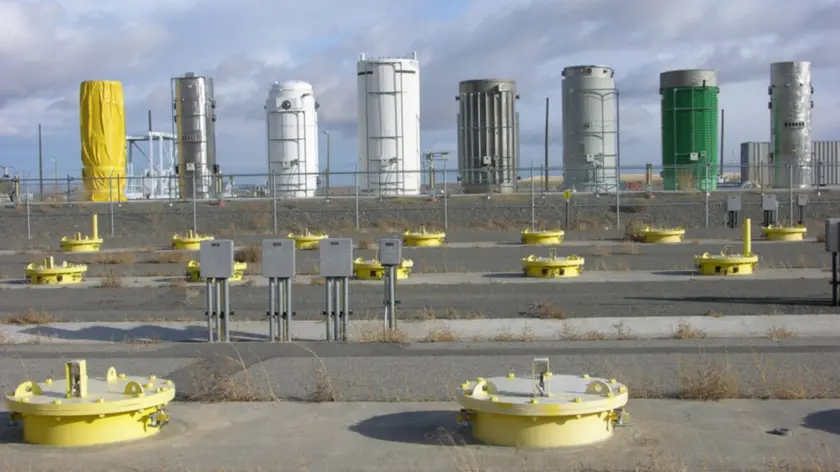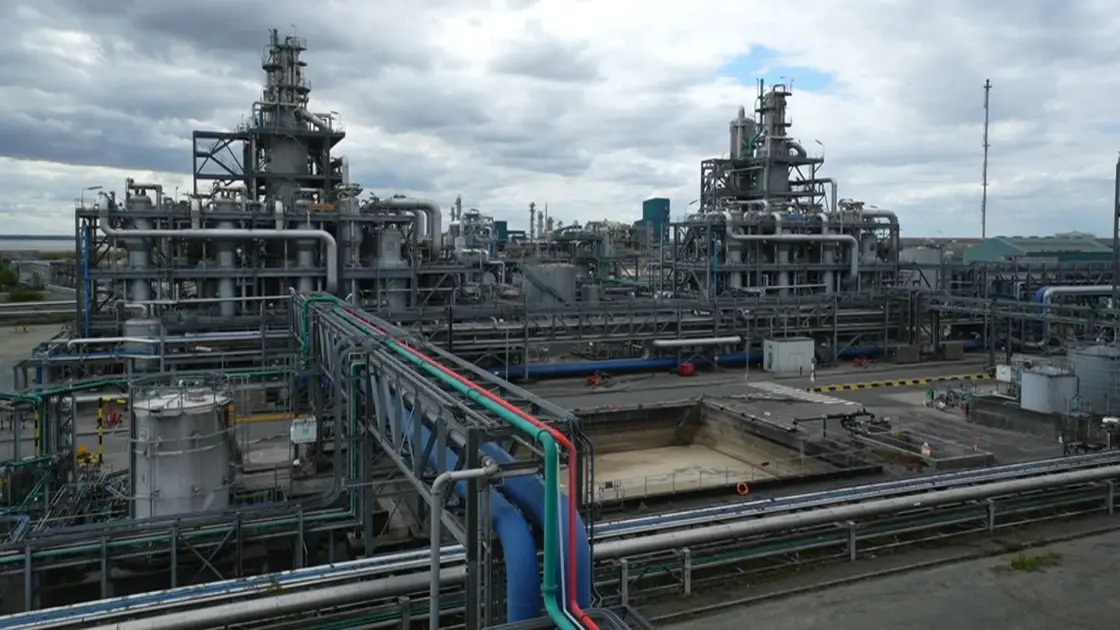T4K3.news
Tritium plan eyes waste as fuel
A new approach to extract tritium from nuclear waste could power fusion, but it requires bold funding and regulatory support.

A plan to extract tritium from nuclear waste could fuel fusion, but its feasibility and funding remain uncertain.
Scientists Pitch Bold Plan to Turn Nuclear Waste Into Nuclear Fuel
A study led by Terence Tarnowsky at Los Alamos National Laboratory proposes turning thousands of tons of radioactive waste into a source of tritium for nuclear fusion. The plan uses a superconducting linear accelerator to beam waste surrounded by molten lithium salt. The process would trigger reactions inside the waste that release neutrons and produce tritium. Supporters say the method could generate more tritium than a fusion plant with the same thermal power.
Tritium is extremely scarce and decays with a half life of 12.3 years, which makes breeding tricky. Critics ask whether the science is ready and if regulators would approve the large changes needed to handle waste and the new reactor chemistry. Tarnowsky says the plan requires bold public and private funding, plus a long horizon of planning. He adds that every year existing reactors accumulate spent fuel, increasing liabilities. Still, he argues that pursuing fusion is worth it and that public fear has eased in recent years.
Key Takeaways
"There are only tens of kilograms of tritium on the entire planet."
underlines scarcity of tritium
"Produce more than 10 times as much tritium as a fusion reactor at the same thermal power"
claims potential tech advantage
"Fusion economy is irreversible in some ways"
high level view of long term shift
"Every year we continue to operate our nuclear power plants we also make more spent fuel every year"
highlights waste growth
The idea sits at a difficult edge of waste management and future energy. It reframes a long standing risk as a possible resource, but the technical hurdles are real and regulatory scrutiny would be intense. If funded, the plan would signal a major shift in how governments and companies view nuclear materials and their role in clean energy. The outcome depends on safety assurances, cost control, and international oversight.
If the approach proves feasible, it could link waste handling to a faster path for fusion progress and reduce liabilities from spent fuel. If not, it could divert scarce dollars from other promising ideas and fuel public skepticism about nuclear power. The story underlines how bold bets in energy science ride on patient capital, clear safety plans, and transparent policy choices.
Highlights
- Waste today could fuel tomorrow's fusion dream
- Bold bets can move the energy clock forward
- Spent fuel liabilities keep piling up with every year
- Tritium is scarce but not beyond reach if bold bets pay off
Nuclear waste plan faces budget and policy risks
The proposal hinges on large scale funding from both public and private sectors and faces regulatory and safety hurdles. If approved, it could set a precedent for handling nuclear waste but could also spark political backlash or investor hesitation amid cost and safety concerns.
The road to fusion will test how boldly we can turn waste into a driver of cleaner power.
Enjoyed this? Let your friends know!
Related News

Miliband faces backlash over energy policy

Gaza aid group claims success as starvation rises

Gaza aid crisis deepens amid ongoing conflict

Reeves eyes broad tax hikes in Autumn Budget

Air India crash survivor faces ongoing trauma and guilt

Hull bioethanol plant at risk

New Marvel Series Eyes of Wakanda Has Limited Release

Guehi transfer chatter fuels on field spotlight
